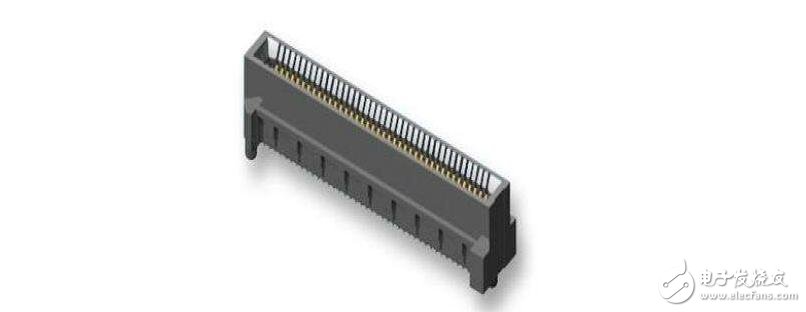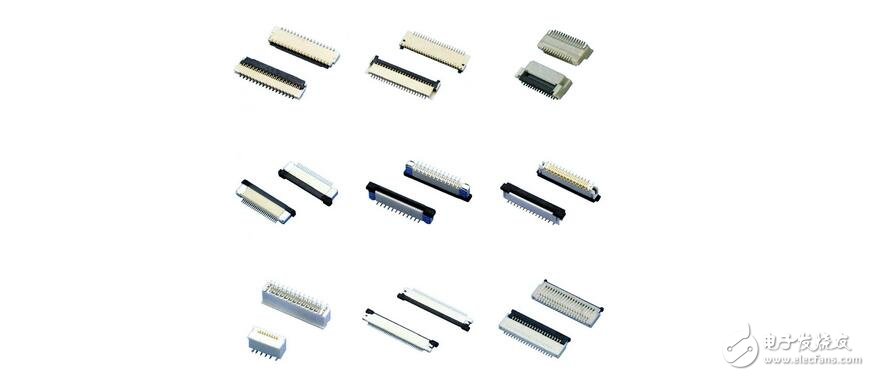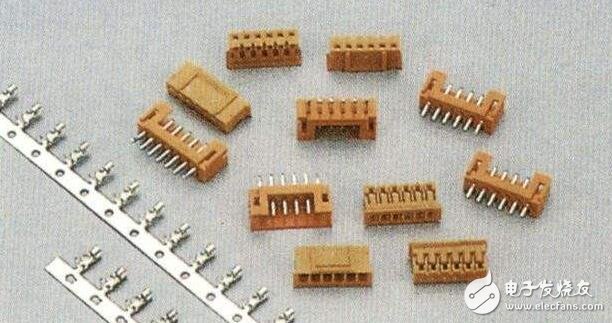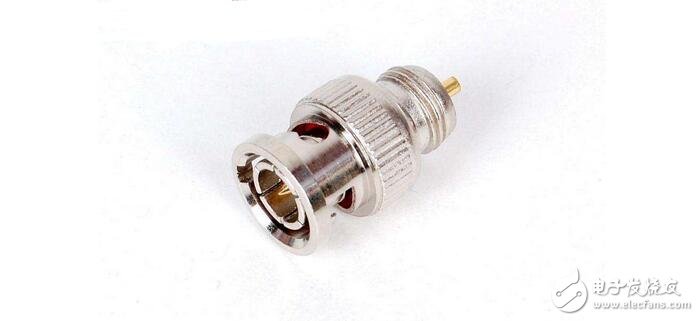Connector principle, category classification and model naming
A connector is a detachable component (except an adapter) that is typically mounted on a cable or device for electrical connection to the transmission line system. Domestically referred to as connectors, plugs and sockets. Generally refers to electrical connectors. That is, a device that connects two active devices to transmit current or signals. A connector is a motor system that provides a detachable interface for connecting two secondary electronic systems without unacceptable effects on the operation of the system. The key words in the definition are "motor system", "separable" and "unacceptable effect". A connector is a motor system because it is an electrical connection that is produced mechanically. As will be discussed, the deflection of the mechanical spring creates a force between the mating portions, which creates a metallic contact between the mating faces of the interface.

The reason why the application connector is in the first place is that the interface is separable. The need for separability has many reasons. It allows for the manufacture of parts or subsystems independently and the final assembly can be done in one main place. Separability also allows maintenance or upgrades of parts or subsystems without having to modify the overall system. Another reason for the separability to be applied is portability and support for the expansion of peripherals. On the other hand, the separability in the definition introduces an additional interface between subsystems that does not introduce any "unacceptable effects", especially in terms of system characteristics that cannot be affected by telecommunications, such as Unacceptable distortion and signal degradation between systems, or power loss through the connector, power loss calculated in millivolt losses, will become the main design criteria for functionality, so the power requirements of the motherboard will also increase.
The need for separability and the limits of "unacceptability" are determined by the application of the connector. The separability includes the number of mating cycles, which are the forces that the connector must provide without affecting its performance and the forces necessary to match the other connector. Typical mating cycle requirements range from tens of cycles of internal connectors to thousands of cycles of peripherals, such as PCMCIA type connectors. As the number of circuits or functions and the interconnection of connectors increase, the need for strength is becoming more important. In order to provide more functionality, the position of the terminals on the connector must also be increased, which results in a higher connector fit. Depending on the use and function of the connector, the number of terminals varies from tens to thousands.

The so-called connectors are two or a few containers that communicate with each other below the liquid level.
The connector contains the same liquid, but the pressure on the liquid surface is not equal, the pressure difference of the liquid surface is equal to the pressure difference caused by the difference in the liquid level of the two containers of the communicating device.
The pressure on the liquid level of the connector is equal, but there are different liquids that are not mixed with each other. The height of the two liquid surfaces from the interface is inversely proportional to the liquid density.
The connector principle has a wide range of applications in engineering. Such as various liquid level gauges (water level gauges, oil level gauges, etc.), mercury vacuum gauges, liquid column air pressure gauges, differential pressure gauges, etc., are all made using the principle of connectors.
Category classification of connectors:The structure of connectors is increasingly diversified, new structures and applications are constantly emerging, and attempts to solve classification and naming problems with a fixed pattern have become difficult to adapt. Some basic classifications are still valid.

Level of interconnection
InterconnecTIon can be divided into five levels depending on the function of the internal and external connections of the electronic device.
1 chip package internal connection
2 IC package pin and PCB connection. Typical connector IC socket.
3 The connection of the printed circuit to the wire or printed board. A typical connector is a printed circuit connector.
4 The connection between the bottom plate and the bottom plate. A typical connector is a cabinet connector.
5 The connection between the device and the device. Typical products are round connectors.
There are some overlaps at levels 3 and 4. Among the five levels of connectors, the highest market is the third and fifth level products, and the fastest growing is the third level.
Connector specification level
According to the classification of the International Electrotechnical Commission (IEC), connectors are electromechanical components for electronic equipment. The specification levels are:
Family example: connector
Sub-family example: circular connector
Type example: YB type circular connector
Variety (style) example: YB3470
Specification

Connector definition in China
In China's industry management, connectors and switches, keyboards, etc. are collectively referred to as electrical connector components, while electrical connector components and relays are collectively referred to as electromechanical components.
Connector product category
Although the division of connector product types is somewhat confusing, technically, there are only two basic methods for the connector product category: 1 by shape: circular and rectangular (cross-section), 2 by operating frequency: low frequency and high Frequency (by 3MHz).
According to the above division, the coaxial connector is circular, and the printed circuit connector is rectangular (from the historical point of view, the printed circuit connector is indeed separated from the rectangular connector), and is currently popular. The rectangular connector has a trapezoidal cross section and is approximately rectangular. The frequency division of low frequency and high frequency and radio waves is also basically the same.
As for other uses, installation methods, special structures, special properties, etc., many different types can be divided, and often appear in the publications and manufacturers' promotional materials, but generally only to highlight a certain feature and use, the basic classification is still There is no more than the above division principle.
Taking into account the technical development and actual conditions of the connector, from its versatility and related technical standards, the connector can be divided into the following categories (category):
1 low frequency circular connector;
2 rectangular connector;
3 printed circuit connectors;
4 RF connector;
5 fiber optic connectors.

The model name of the connector is the basis for customer procurement and manufacturer organization production. In the connector industry at home and abroad, there are two ideas for product model naming: one is to use the letter code plus the number method, and strive to reflect the main structural characteristics of the product in the model naming. The advantage of this method is that it is easy to identify, but the arrangement is too long and too complicated. As the connector is miniaturized, it brings a lot of difficulties to printing. At present, this method is still popular in China, and is regulated in some industry standards and even national standards, such as SJ2298-83 (printed circuit connector), SJ2297-83 (rectangular connector), SJ2459-84 (band cable connection). ()), GB9538-88 (band cable connector), etc.
Due to the increasing variety of connector structures, it has become increasingly difficult to cover a certain type of connector with a naming convention in practice. Another way of thinking is to use a combination of Arabic numerals. The benefits of this approach are simple and easy to use for computer management and logo printing for small products. This is the way the major connector manufacturers in the world currently use this. It can be expected that the naming schemes that reflect the characteristics of each manufacturer will gradually replace the method of stipulating certain naming rules by the whole industry under the planned economic system.